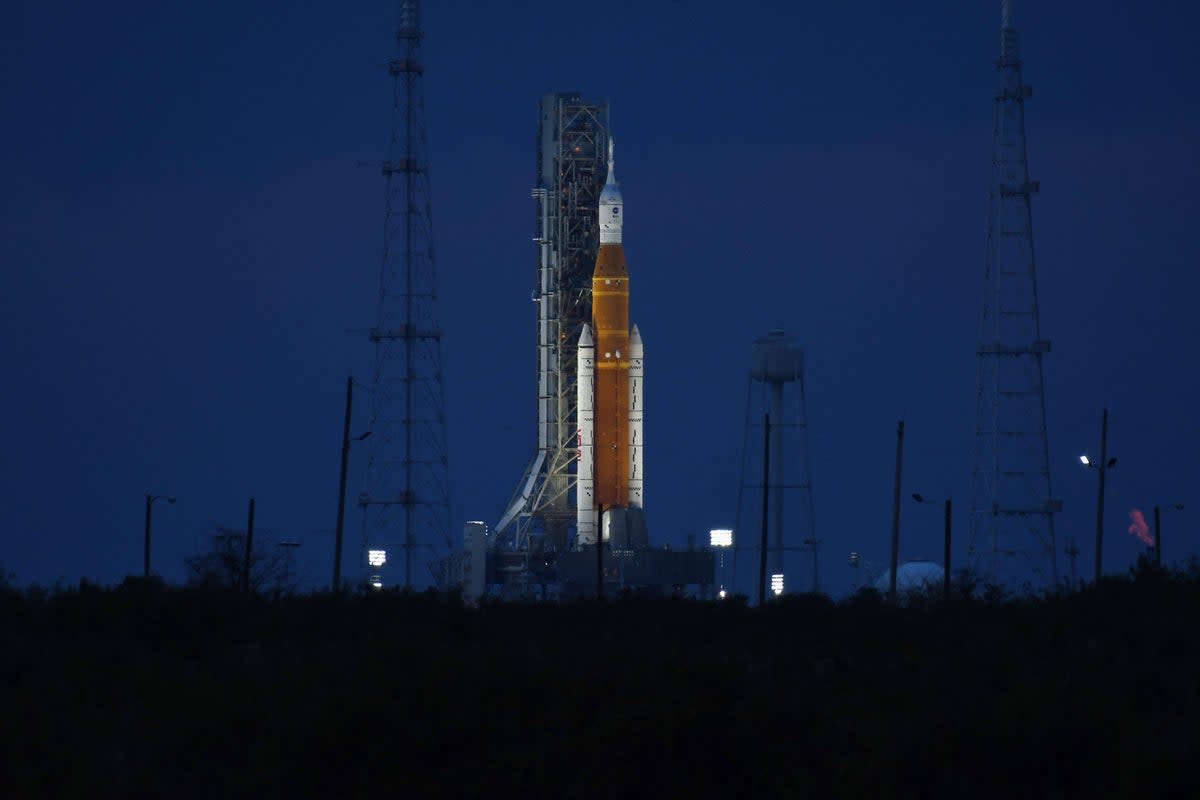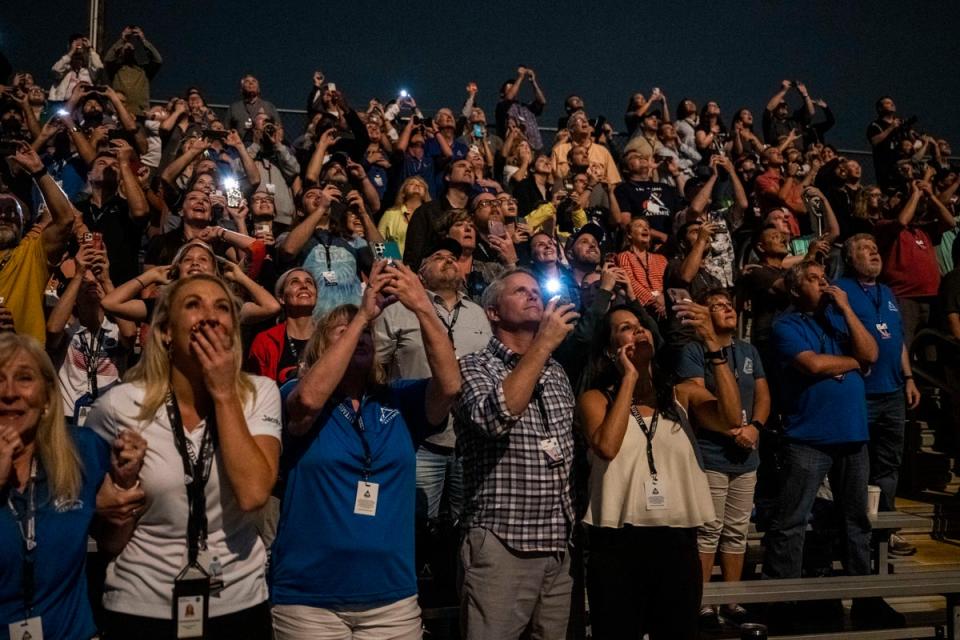Artemis II: What is the mission and who will land on the moon?

Plans for Nasa's Artemis II mission, which will send the first woman and the first African American astronauts to the moon, are in progress, as are plans to send people’s names to the moon.
The American space agency is inviting people to submit their names, which will be landed on the surface of the moon aboard the agency’s first robotic lunar rover, Viper (Volatiles Investigating Polar Exploration Rover) no later than March 15. The idea is that they will be attached to the rover so that people all across the world can participate in the space journey.
Viper will land at the lunar south pole sometime in 2025 with a mission to unravel the mysteries of the moon’s water. The south pole will also be the site of the moon walk by individuals aboard Viper.
Artemis will have four crew members. In November 2022 the rocket was launched on a 25-day test flight to fly around the moon and back. The space agency’s last Apollo moon mission was 50 years ago.
Here they are. @SenBillNelson announces the #Artemis II crew, the next astronauts to fly around the Moon:@Astro_Christina@Astro_Jeremy@AstroVicGlover@Astro_Reid
We go together. https://t.co/XdUizg2Wye pic.twitter.com/6Yo4I2lKeJ— NASA (@NASA) April 3, 2023
Libby Jackson, head of space exploration at the UK Space Agency, previously said: “The launch of the Artemis 1 mission is a hugely significant moment for the global space community, paving the way for humanity to return to the moon in the coming years. The Artemis programme marks the next chapter of human space exploration, and we look forward to continued involvement as it comes to life.”
Here’s what you need to know about who will be on board Artemis II.
Which astronauts will fly on Nasa’s Artemis moon rocket?
The Artemis II quartet were introduced at a televised news conference in Houston at the Johnson Space Center, Nasa’s mission control base.
Christina Koch is an engineer who already holds the record for the longest continuous spaceflight by a woman, and she has now been named as a mission specialist.
In addition, Victor Glover, a US Navy aviator, was selected as the Artemis II pilot. He was part of the second crewed flight of a SpaceX Crew Dragon capsule, and will become the first astronaut of colour ever to be sent on a lunar mission.

Jeremy Hansen is the first Canadian ever to be chosen for a flight to the moon, serving as a mission specialist.
Finally, Reid Wiseman, an International Space Station veteran, has been named as Artemis II mission commander.
How long does it take to get to the moon?
The moon is about 238,855 miles from Earth on average, depending on where it is in its orbit. The time it takes to get to the moon depends on a number of factors, including whether the rocket is crewed or not. According to Nasa, it takes between 2.5 and four days to reach the moon.
The Apollo 11 mission, which was the first crewed mission to land on the moon, took four days to make the journey.
What does Artemis mean and what is the project’s mission?
The Artemis project is named after the Greek goddess of the moon and sister to Apollo, who gave his name to Nasa’s first moon missions. Nasa said the project’s aims are “scientific discovery, economic benefit and inspiration for a new generation of explorers”.
The space agency will build an Artemis base camp, which will allow astronauts and robots to explore more extensively than before.
Who was the first person on the moon?
The first astronauts landed on the moon as part of the Apollo 11 mission in 1969.
Astronaut Neil Armstrong was the first person to step foot on the moon, famously saying: “That’s one small step for a man, one giant leap for mankind.” as he did so.
Edwin “Buzz” Aldrin soon joined Armstrong on the moon, while astronaut Michael Collins remained in lunar orbit.
Who was the last person on the moon?
The last astronauts to walk on the moon were Gene Cernan and Harrison “Jack” Schmitt, as part of the Apollo 17 mission in 1972.
Astronaut Ronald Evans was also a part of the mission but remained on board.
Full list of astronauts to walk on the moon
A total of 12 men have walked on the moon as part of six Apollo missions.
Apollo 11: Neil Armstrong, Buzz Aldrin
Apollo 12: Pete Conrad, Alan Bean
Apollo 14: Alan Shepard, Edgar Mitchell
Apollo 15: David Scott, James Irwin
Apollo 16: John Young, Charles Duke
Apollo 17: Gene Cernan, Harrison Schmitt
The Apollo 13 astronauts Jim Lovell and Fred Haise were also set to walk on the moon but their mission was aborted because an oxygen tank exploded.

 Yahoo News
Yahoo News 
